Last Updated on August 5, 2021
Ink & Pixel is a source of pride and joy for me as a writer and as such, I’m always striving to take this column further for those who read and enjoy it. If you yourself, or anyone you know, helped to make any of the amazing feature animated films found within this column, I would love to talk to you to further my knowledge. Please contact me at [email protected] so we can discuss it further.

In recent times, there’s been a call to arms in regard to developing more outspoken, influential, and liberated female characters throughout many major forms of entertainment. In 2012 we witnessed such characters – the likes of Katniss Everdeen of The Hunger Games and Princess Meirda of Pixar’s film BRAVE – reach effortlessly into their quivers, and loose their arrows straight through the hearts of men and women all around the world. Additionally, just last week, a star was born by way of a brand new Muslim/American super hero by the name of Kamala Khan, who took the comics industry by storm with her chart topping Marvel Comics debut, Ms. Marvel #1. These are just a few examples, but it’s a clear indication that times, they are a changin, and I for one say that it’s about damn time!

Though before the fiery haired, bow wielding, Scottish princesses and dark haired, calculating Katnips of the fictional world were making waves, there was one Disney princess who aided in giving female characters their due; proving unequivocally that they deserve your attention and respect. Oh, and also that when it’s called for, they can certainly kick your ass. With all of this in mind I ask you to join me this week as we take a look into the 1998 Walt Disney animated feature, MULAN.

Directed by Tony Bancroft (PORCO ROSSO, LOVE THEY NEIGHBOR) and Barry Cook (WALKING WITH DINOSAURS, ARTHUR CHRISTMAS), MULAN is an American animated action-comedy adventure film driven by a case of mistaken identity – coupled with a woman’s rise to power – and a fair number of enchanting musical numbers. It was the 36th animated feature film presented by the House of Mouse, and to this day is still one of Disney’s most celebrated films of recent times.

The film features the talent of Ming-Na Wen as the voice of Mulan, our inspiring female hero, in her journey to protect her father – Fa Zhou (voiced by Soon-Tek Oh) – from having to join the war effort against the encroaching menace of soldiers lead by the villainous Shan Yu (voiced by Miguel Ferrer). To do so, Mulan cuts her long, silken hair, and disguises herself as a willing conscriptee of the Chinese army, in the hope that no one will notice that she has sneakily taken her father’s place in the battle against Sha Yu and his soldiers. To help her along on her well intentioned but dangerous mission is a guardian spirit in the form of a small red dragon by the name of Mushu (Eddie Murphy), an adorable cricket named Cri-Kee (Frank Welker), and a band of misfit guardsman lead by the strict but rather dashing Li Shang (BD Wong).

Together, Mulan and the rest of her band of warriors and spirit guides must venture into the heart of their homeland to wage war against Shan Yu and his Hun army before they can remove the Emperor of China from his throne … permanently. Though the question remains: how long can Mulan guard her secret from her fellow soldiers, and what’s to keep her from falling in love with Li Shang along the passionate road that leads to a battle of both the sword and the heart? This is MULAN.

Originally, the story of Mulan began as a straight-to-video venture entitled “China Doll”, in which an unhappy and ultimately repressed Mulan was set to wed a British-born prince of the dashing or “Charming” persuasion, who then carries her off to serve at his side while living away from her family in the East. Thankfully, Disney realized fairly early on that this was a terrible idea, and promptly asked their creative team to return to the drawing board in order to craft a more uplifting – and far less oppressive – narrative for their latest Disney princess character. Now if I may, just for a moment, say thank goodness that this original idea never came to pass. Not only would this idea have been a cancer on the face of Disney’s already sordid approach to their female leads, but could you imagine the message this would have sent to the film’s young female audience? Disgraceful.

Instead, the writers turned to the original poem entitled “The Ballad of Mulan” which focuses on the character’s deeply rooted allegiance to her homeland, as well as a powerful connection to – and respect for – her father. The poem begins with a fearful Mulan who, when her aging father is called to arms, disguises herself as a soldier to take his place and serve among the resistance. Mulan then wages war against the opposing factions for a total of 10 years before returning home via camelback. Upon her return, Mulan sheds her armor and reveals her gender – much to the shock and awe of her fellow comrades in arms.

If you’re at all familiar with Disney’s often elaborate approaches to conducting research for their films, it will come as no surprise to you that 10 key members of the MULAN staff traveled all the way to China in order to spend 3 whole weeks gathering information and materials to be used in the film. In their travels, these filmmakers, animators, and artists managed to fill journal after journal with information pertaining to sites such as The Great Wall of China and the majestic hills of Guilin – a region named after an abundance of aromatic Sweet Osmanthus trees.

Additionally, [upon viewing the film,] you may notice an abundant use of flags featured as a repeated visual device. Each flag, comprised of vibrant colors and sporting symbols of Chinese heraldry, was there to convey to the audience a sense of rich history and diversity among the many groups of soldiers who were willing to fight for their home against the invading Huns. Also, in wanting to pay tribute to the often emotional roots that can be found in some of China’s architectural design (as stated in the film’s bonus materials), Disney repeatedly used Moon Gates – entryways that allows only one person at a time to pass through, in order to permit that individual to behold the grandeur of the place to which they ultimately lead – as a way of marking Mulan’s evolution as a woman and as a warrior throughout the film.

Perhaps one of MULAN’s greatest achievements is its use of bold and beautiful pigments. If you watch closely, you’re sure to notice how the colors of the characters – and the film’s varying backdrops – are used to influence both the mood and tone of the film. For example, the ivory whites, soft pinks, and lush green color combinations used in scene in which Mulan is reunited with her father after the war, are used to convey a sensation of calm, relief, and tranquility to the audience. Studies in the psychology of color have suggested that colors can have a significant effect on your mood in accordance with your surroundings (check out the source link below for more info). During times of war, the colors of black, red, and grey are often found as they represent feelings of oppression, defiance, and depression, respectfully. All of this work contributes to the emotional rollercoaster that is Disney’s MULAN.

At the close of its theatrical run, MULAN managed to gain a combined total of $304 million in worldwide box office receipts. The character of Mulan has since been featured in the video game Disney’s Story Studio: Mulan, and appeared as a brief NPC (non-playable character) in the game Kingdom Hearts, released in the year 2002 by Square Enix – the studio known for their popular (and seemingly endless) Final Fantasy series.

I, for one, really enjoyed MULAN and find it to be not only an impressive effort on Disney’s behalf, but an important part of their feature-length library as well. The bottom line is this: the number of positive role models for kids in the departments of film and comics is beginning – finally – to grow. But it’s important to remember and honor those characters that have been there all along, ready to embrace the important themes of self-worth, adventure, and overcoming the impossible. So the next time you watch MULAN, either by yourself or in the company of those younger and more impressionable than you, be sure that the film’s message is understood and well received. See you next time!


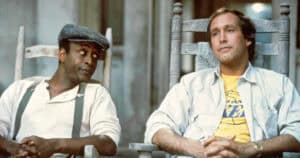
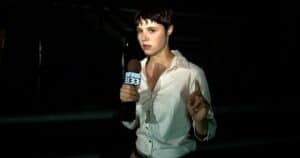
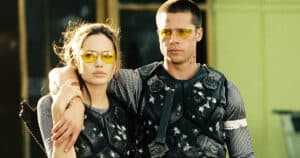
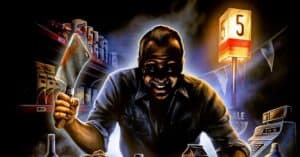
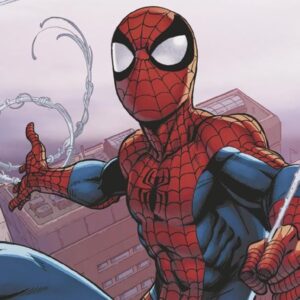
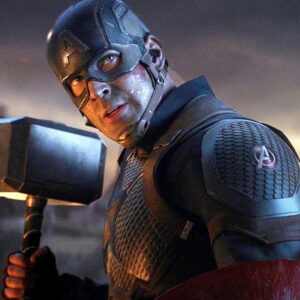
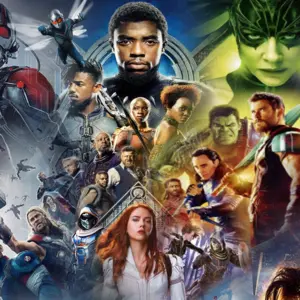

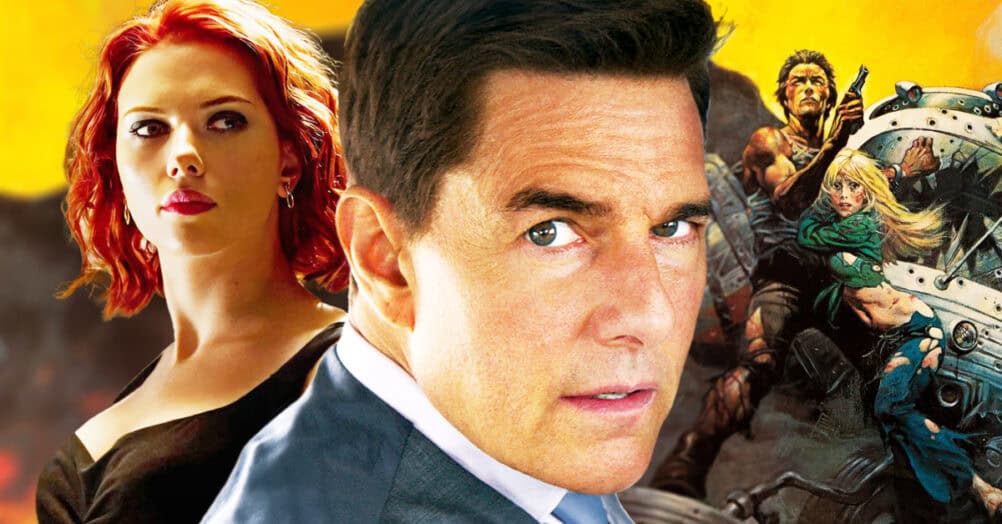
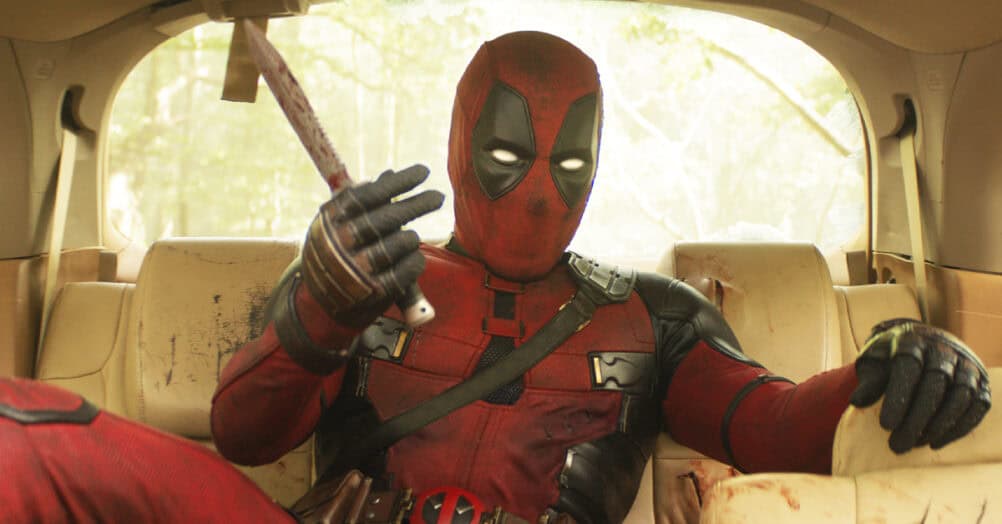

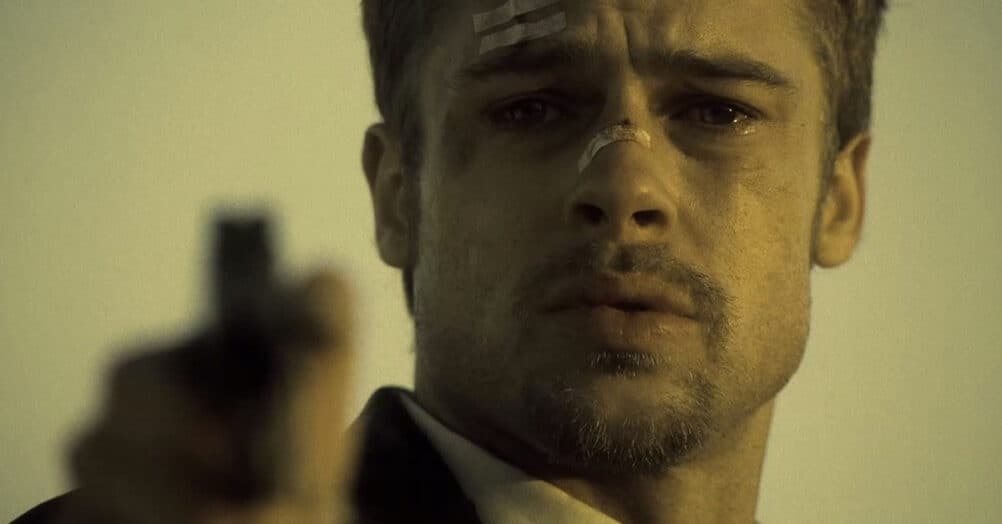
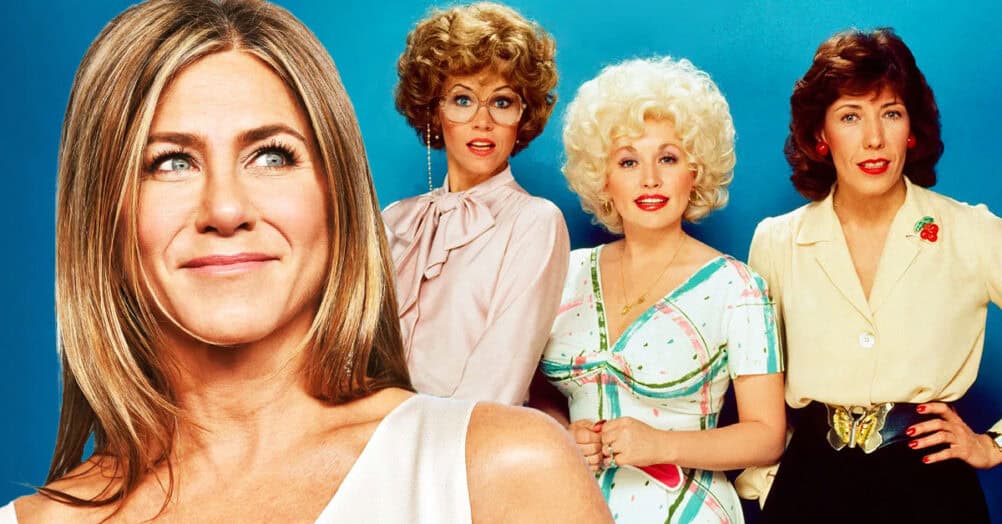
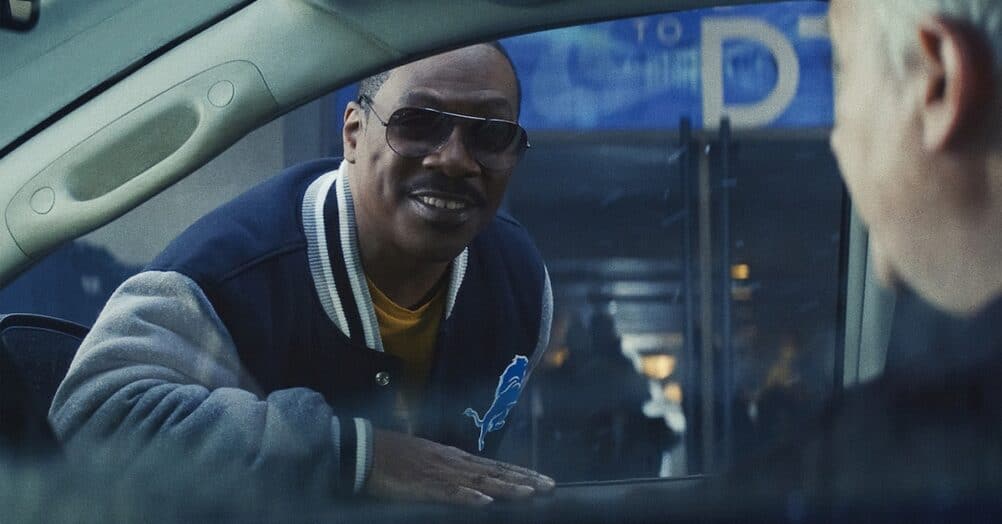

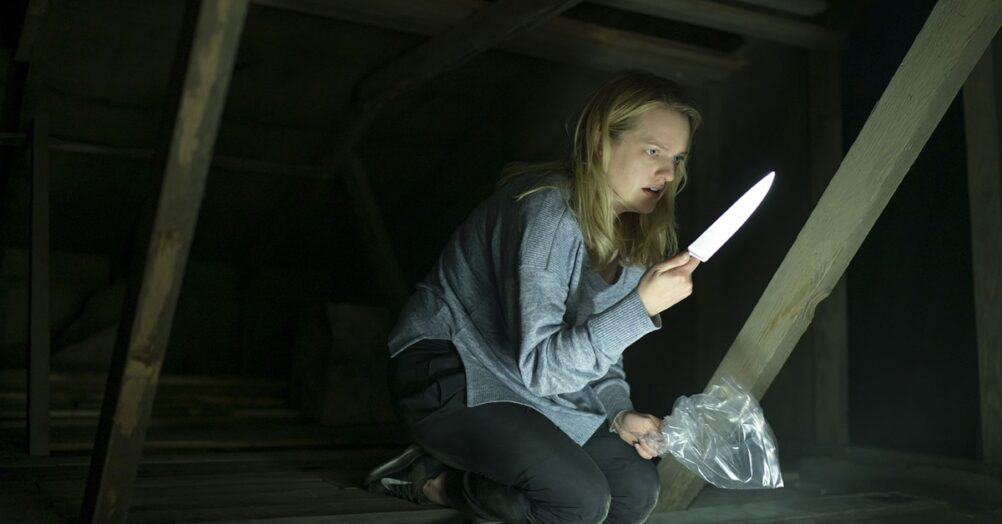
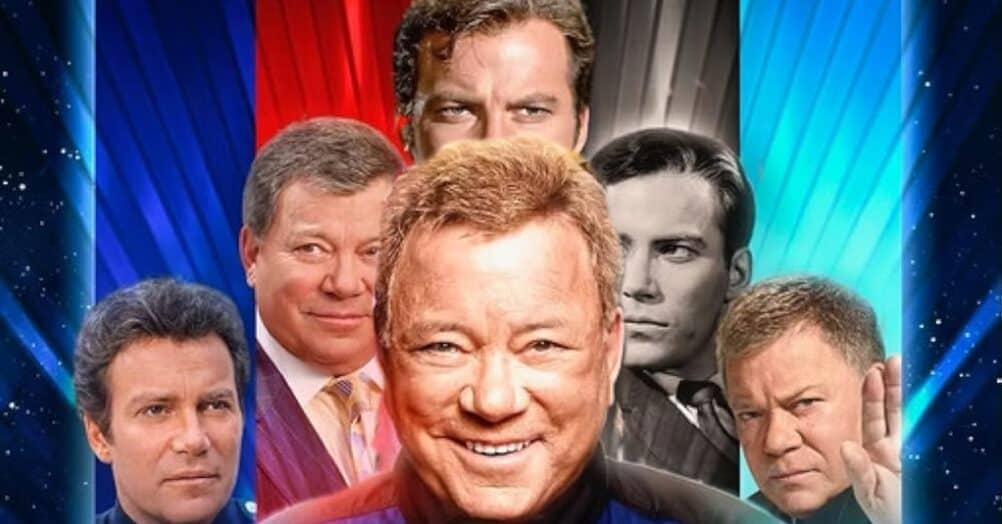

Follow the JOBLO MOVIE NETWORK
Follow us on YOUTUBE
Follow ARROW IN THE HEAD
Follow AITH on YOUTUBE